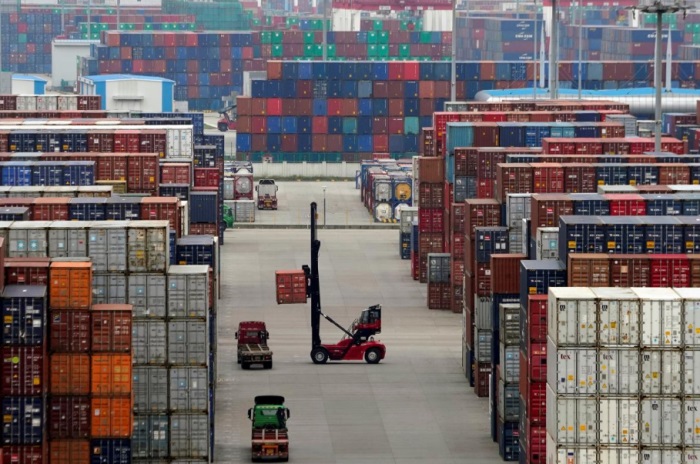Integration best answer to trade hurdles


Deepening economic integration in Asia and the Pacific is a longstanding regional objective-not an end in itself but a means of supporting the trade, investment and growth necessary to achieve the 2030 Agenda for Sustainable Development. It is a priority for all member states of the United Nations Economic and Social Commission for Asia and the Pacific. Since China has a valuable contribution to make in this regard, I am beginning 2019 with a visit to Beijing to discuss with Chinese leaders how we can strengthen our collaboration and accelerate progress.
The case for deeper integration in Asia and the Pacific is becoming increasingly apparent. Recent trade tensions highlight the region's vulnerability to protectionism from major export markets, and a UN ESCAP analysis shows how regional supply chains are being disrupted and investor confidence shaken. Export growth is expected to slow and foreign direct investment to continue its downward trend.
Millions of jobs are forecast to be lost and many workers displaced. Unskilled workers, particularly women, are likely to suffer most. As such, increasing seamless regional connectivity-expanding the infrastructure which underpins cross-border commercial exchanges and intra-regional trade-must be part of our response.
We should build on the existing Asian transport infrastructure agreements ESCAP maintains to further reduce regulatory constraints, costs and delays. For instance, ESCAP members are working to improve the efficiency of railway border crossings along the Trans-Asian Railway network.
There is great potential to improve electronic information exchange between railways, harmonize customs formalities and improve freight trains' reliability. The recent international road transport agreement between the governments of China, Mongolia and Russia grants traffic rights for international road transport operations on sections of the Asian Highway Network that connects their borders. We should expand it to other countries.
The region's dry ports, the terminals pivotal to the efficient shipment of sea cargo to inland destinations by road or rail, also have huge potential to be developed. A regional strategy is in place to build a network of dry ports of major international significance, and ESCAP is looking forward to working with China to implement it.
Sustainable energy, particularly cross-border energy trade, is another key plank on ESCAP members' connectivity agenda. Connecting electricity grids is not only important to meet demand, and ensure energy access and security. It is also necessary to support the development of large-scale renewable energy power plants and the transition to cleaner energy across Asia and the Pacific.
The fight against climate change in part depends on our ability to better link up our networks. The achievements of the Association of Southeast Asian Nations in strengthening power grids across borders is a leading example of what political commitment and technical cooperation can deliver. ESCAP has brought together the region's experts to develop a regional road map on sustainable energy connectivity. China is currently chairing this group.
For maximum impact, transport and energy initiatives need to be in tandem with soft infrastructure which helps boost trade. ESCAP's analysis ranks China among the top trade facilitation and logistics performers in the region. This expertise contributed to a major breakthrough in cross-border e-commerce development and ultimately led to a UN treaty on trade digitalization. ESCAP members have adopted this to support the exchange of electronic trade data and documents signed by China in 2017.
ESCAP is now working to support the accession and ratification of 25 more countries that recognize the opportunity to minimize documentary requirements, promote transparency and increase the security of trade operations. Full implementation of cross-border paperless trade in Asia and the Pacific could reduce export costs by up to 30 percent. And regional export gains could be as high as $250 billion.
As we look to the future and put in more efforts to achieve the 2030 Agenda's Sustainable Development Goals, economic integration must remain a priority. A strong UN-China sustainable development partnership is essential to take this agenda forward and strengthen our resilience to global trade tensions and economic uncertainty. Working with all the countries in the region, we have a unique opportunity to place sustainability considerations at the heart of our efforts and build seamless regional connectivity. That is an opportunity, which in 2019, ESCAP is determined to seize.
The author is UN under-secretary-general and executive secretary of the UN ESCAP.


































